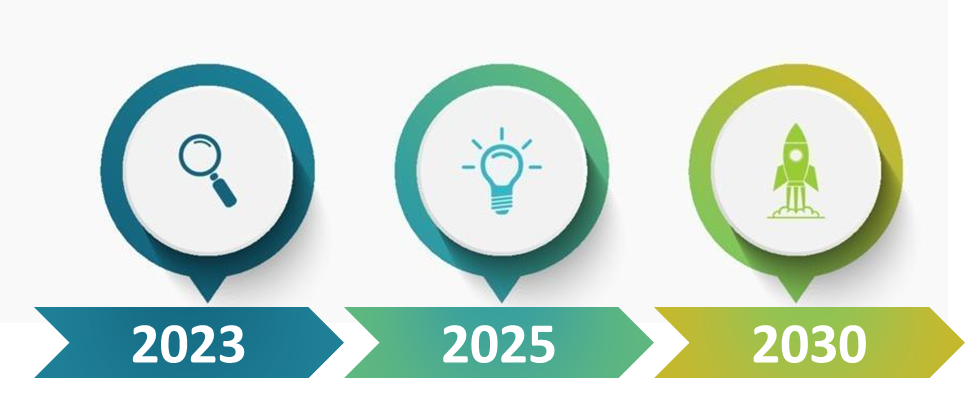Handbook
ESG: A Sustainable Pathway for Garment Industry
In a global context where environmental and social issues are increasingly gaining attention, ESG has become a crucial standard for evaluating the sustainability of businesses. The garment industry, characterized by large-scale production and significant impacts on the environment and communities, demands a strong focus on the application of ESG principles. Implementing ESG is not merely a trend but an urgent requirement to ensure the industry’s sustainable development.
In this article, let’s delve deeper into the ESG standard and its applications in garment industry.
What is ESG?
ESG is an acronym for Environmental, Social, and Governance. It is a set of standards used to measure factors related to sustainable development and a business’s impact on society.
The Three Pillars of ESG
E – Environmental
This pillar focuses on how a business interacts with the natural environment. Key factors include:
- Energy and water consumption: Minimizing the consumption of energy and water in the production process.
- Greenhouse gas emissions: Reducing greenhouse gas emissions to protect the climate.
- Waste management: Effectively managing waste and minimizing waste disposal into the environment.
- Sustainable materials: Prioritizing the use of recycled, organic, or sustainably sourced materials
S – Social
This pillar assesses a business’s relationship with stakeholders such as employees, customers, and the community. Key factors include:
- Working conditions: Ensuring safe, healthy, and fair working environments for employees.
- Employee rights: Respecting the rights of employees, providing fair wages, and creating opportunities for development.
- Diversity and inclusion: Building a diverse and inclusive workplace.
- Community impact: Contributing to the development of the communities where the business operates.
G – Governance
This pillar relates to the management structure, internal control systems, and transparency in business operations. Key factors include:
- Transparency and risk management: Building effective risk management systems and ensuring transparency in business operations.
- Business ethics: Conducting business in an ethical, honest, and responsible manner.
- Investor relations: Building transparent and trustworthy relationships with investors.
By focusing on these three pillars, businesses can create long-term value for stakeholders and contribute to a sustainable future.
Why should garment businesses care about ESG?
In terms of the environment, the garment industry consumes large amounts of water and energy and generates significant waste. Therefore, businesses need to focus on minimizing resource consumption, optimizing production processes, effectively treating waste, and using sustainable materials such as organic cotton and recycled fibers.
In terms of social issues, working conditions in textile factories are always a concern. Businesses must ensure the rights of workers, provide safe and healthy working environments, pay fair wages, and comply with labor regulations. Additionally, building positive relationships with the communities where factories are located is also crucial.
In terms of governance, transparent and effective governance is the core of ESG. Businesses need to build risk management systems, ensure transparency in business operations, comply with laws and regulations.
In conclusion, ESG is an inevitable trend and a determining factor in the success of garment businesses in the future. Adopting ESG practices not only helps Vietnamese businesses enhance their position in the global market but also contributes to the sustainable development of the country.
In conclusion, ESG is an inevitable trend and a determining factor in the success of garment businesses in the future. Adopting ESG practices not only helps Vietnamese businesses enhance their position in the global market but also contributes to the sustainable development of the country.







Có thể bạn quan tâm
Thuận Hưng Long An Year-End Party 2025 – Connecting Success, Shining the Future
Jan
ESG: A Sustainable Pathway for Garment Industry
Dec
Fire Drill at THLA – Enhancing Safety and Preparedness
Nov
Thuan Hung Long An Attends the 22nd Asian Quality Congress
Nov